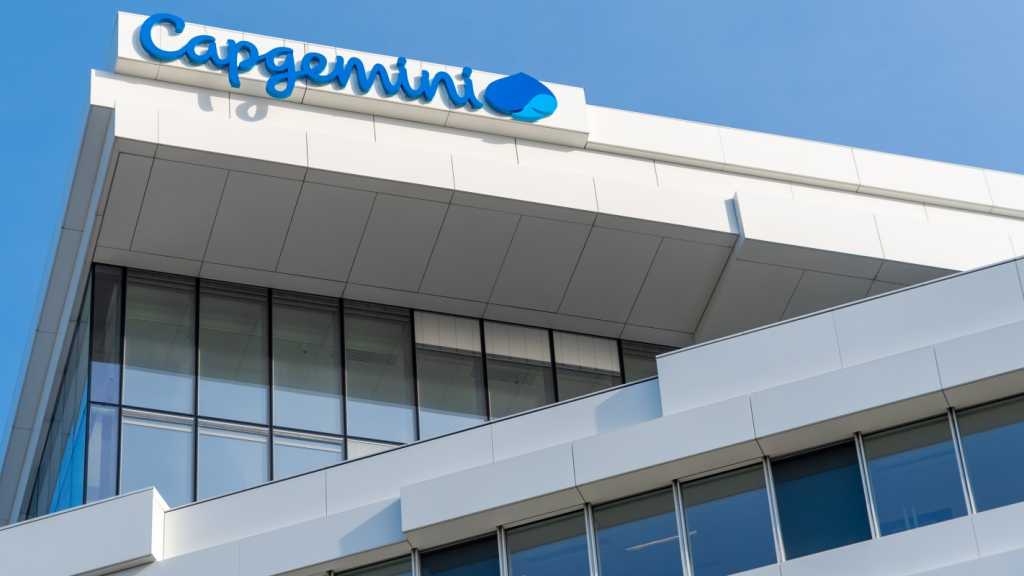In today’s rapidly evolving business landscape, small and medium-sized businesses (SMBs) are increasingly looking toward artificial intelligence (AI) to enhance efficiency, improve decision-making, and boost productivity. The recent acquisition of WNS by Capgemini highlights a significant trend wherein companies are investing in intelligent automation and advanced analytics to refine their operational capabilities. As SMB leaders, understanding how to leverage such technology can be a game changer for your organization.
The integration of AI-driven workflows into day-to-day operations can help streamline processes that have traditionally consumed valuable time and resources. For instance, automating routine tasks such as data entry can free up human resources for more value-added activities. Imagine a scenario where your team spends hours entering customer data into various systems. By using AI solutions, you can automate this process, allowing your employees to focus on strategic initiatives like enhancing customer relationships or innovating new products.
Cost-effectiveness is another significant advantage that SMBs can derive from AI automation. Implementing intelligent workflows can significantly reduce operational costs. Consider an SMB that processes invoices manually. Automating this task not only speeds up the payment cycle but also reduces the likelihood of errors, which can be costly both financially and in terms of client trust. By investing in technologies that provide AI-driven solutions for procurement and analytics, companies like WNS are paving the way for others to follow suit. They show that growth can be achieved through efficiency, cost savings, and optimized processes.
Moreover, decision-making can be substantially improved through the insights generated by advanced analytics. AI empowers businesses to collect and analyze vast amounts of data rapidly, enabling more informed decisions. For instance, predictive analytics tools can assess market trends and customer behaviors, allowing leaders to anticipate changes and respond proactively. This level of agility can be particularly beneficial for SMBs, which may have fewer resources to navigate uncertainties. Companies can use AI to monitor performance metrics closely, identifying areas of concern before they escalate into significant problems.
Collaboration is another area where AI-driven workflows can enhance productivity. With the rise of remote working environments, tools that integrate AI with collaboration software can streamline communication and task management across teams. For example, natural language processing (NLP) can facilitate better understanding in communications, making it easier for team members to collaborate effectively regardless of their physical locations. Implementing AI chatbots can assist with answering common team queries, thereby reducing the time spent searching for information or clarifying misunderstandings.
It’s important to note the significance of selecting the right tools and solutions suited to your specific operational needs. Research and select solutions tailored to your business context, and consider initial investment costs versus potential ROI. Companies like IDC have highlighted how acquisitions by WNS illustrate a focus on enhancing data and analytics capabilities, showcasing the essential nature of incorporating these elements into your business strategy.
The human element remains crucial even as businesses leverage AI. Employees must be equipped to work alongside these intelligent systems. Training will ensure that your team understands how to make the most of the technology at their disposal. This not only maximizes the benefits of automation but also fosters a culture of innovation where employees are encouraged to engage with new tools and practices.
An example of successful task optimization can be observed in companies that use AI for customer service. By employing AI-driven chatbots, these companies have not only improved response times but also elevated customer satisfaction levels. This shift allows them to allocate human agents to complex issues that require personalization and creativity. As a result, customer engagement enhances the overall customer experience, promoting loyalty and repeat business.
With such advancements, it is critical for SMBs to monitor their progress and continually assess the impact of these integrations on their workflows. Metrics such as reduced cycle times, increased output quality, and improved employee satisfaction can be vital indicators of success. Implementing a feedback loop that allows for constant improvement will empower businesses to adapt and thrive in a competitive environment.
In conclusion, integrating AI-driven workflows and automation strategies into everyday operations can significantly enhance efficiency, enrich decision-making, and elevate productivity for SMBs. By recognizing the importance of these advanced technologies and approaching them thoughtfully, business leaders can position their organizations for sustained growth and success amid changing market dynamics.
FlowMind AI Insight: As SMBs continue to adopt AI technologies, it’s increasingly essential to not only identify the right tools but also cultivate a workforce that is adept at using these innovations. Continuous learning and adaptability will be key in unlocking the full potential of AI in your business operations.
Original article: Read here
2025-07-07 07:00:00

